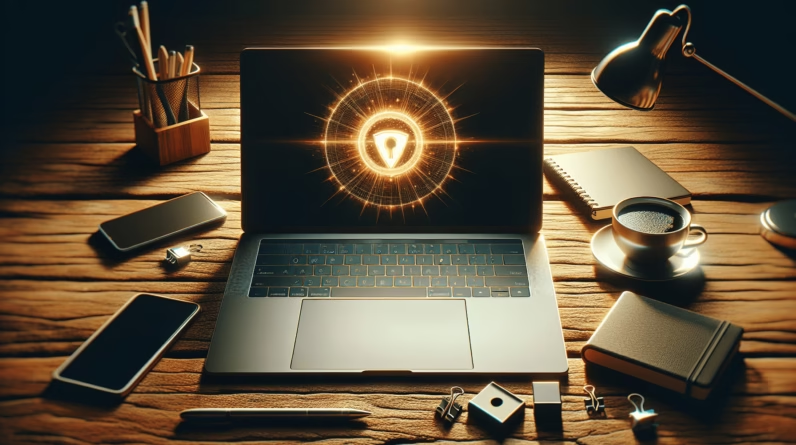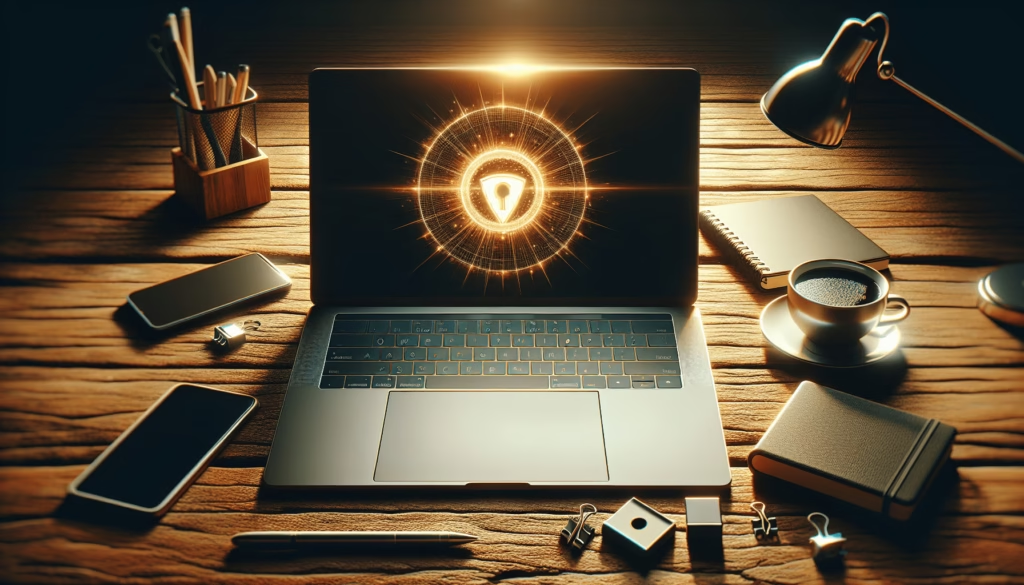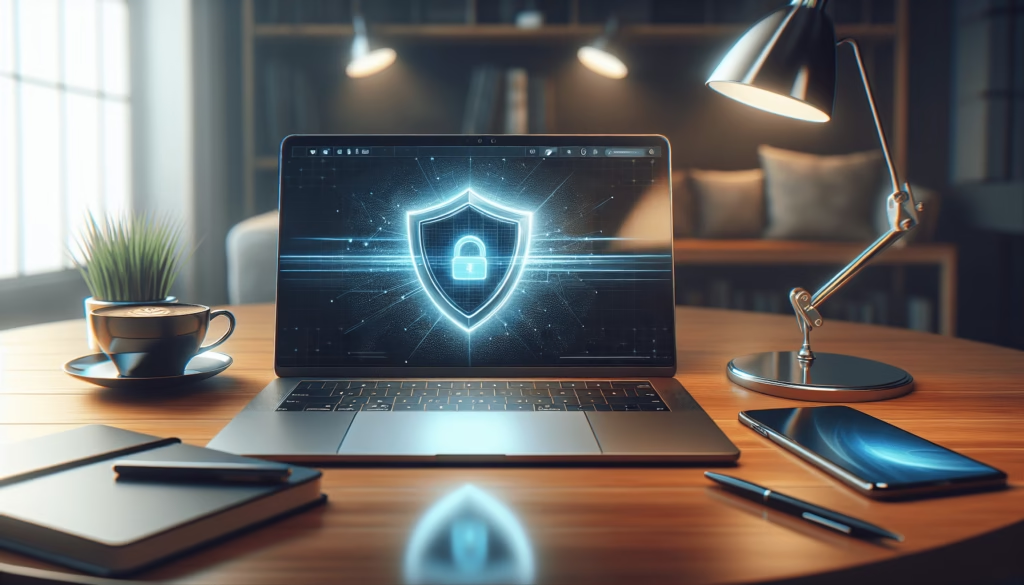
Have you ever thought about the safety of your devices while working from home? With the rapid rise of remote work, ensuring the security of your devices is more crucial than ever. Cyber threats are lurking around every corner, and taking the right steps can make a world of difference in protecting your personal and work-related information.

Table of Contents
Understanding Cyber Attacks
Cyber attacks come in various forms, each targeting different vulnerabilities in systems and devices. Knowing the types of cyber threats that exist is the first step in protecting your devices.
Common Types of Cyber Attacks
-
Phishing
- Phishing attacks typically involve fraudulent emails or messages that pretend to be from legitimate sources. The aim is to trick you into providing personal information or downloading malware.
-
Malware
- Malware is any software specifically designed to disrupt, damage, or gain unauthorized access to your devices. This can include viruses, ransomware, spyware, and adware.
-
Man-in-the-Middle (MitM) Attacks
- These attacks occur when a malicious actor intercepts communication between you and a service to steal your data. This often happens over unsecured Wi-Fi networks.
-
Ransomware
- Ransomware is a particularly devastating type of malware that encrypts your files and demands payment for access.
-
Denial-of-Service (DoS) Attacks
- In these attacks, hackers overwhelm your system with traffic to make it unavailable to its intended users, often disrupting business operations.
The Importance of Cyber Security
Why should you care about cyber security? In a remote work environment, your devices are more exposed to these threats, often lacking the robust protections found in corporate settings.
Protecting Sensitive Information
As you work remotely, you’re likely handling sensitive data, whether it’s personal or professional. A breach could lead to identity theft or significant financial loss.
Maintaining Productivity
Cyber attacks can severely disrupt your workflow. Dealing with an attack is not only stressful but can also lead to downtime and losses for your business.
Essential Cyber Security Practices
Adopting solid cyber security practices can significantly reduce your risk. Let’s break down what you can do to protect your devices.
Keep Your Software Updated
Running on outdated software can expose your devices to vulnerabilities that cybercriminals can exploit.
-
Operating System Always ensure that your operating system is up to date. Updates often include security patches that fix known vulnerabilities.
-
Applications Similarly, keep your applications updated to avoid potential security risks.
Use Strong, Unique Passwords
Your password is your first line of defense against unauthorized access.
Creating Strong Passwords
-
Length and Complexity Your password should be at least 12 characters long, using a mix of uppercase letters, lowercase letters, numbers, and symbols.
-
Avoid Common Words Steer clear of easily guessable passwords, like “123456,” “password,” or your name.
-
Password Managers Consider using a password manager to keep track of complex passwords without needing to memorize them.
Enable Two-Factor Authentication (2FA)
Two-factor authentication adds an extra layer of security. Even if your password is compromised, the attacker would still need a second form of verification.
-
How It Works 2FA typically requires you to enter your password and then a one-time code sent to your mobile device.
-
Where to Enable 2FA You can enable 2FA on various platforms like email services, banking apps, and other sensitive accounts.
Use a Virtual Private Network (VPN)
A VPN helps secure your internet connection, especially when using public Wi-Fi.
-
Benefits of a VPN By encrypting your internet traffic, a VPN makes it much harder for cybercriminals to intercept your data.
-
Choosing a Reliable VPN Opt for well-reviewed and trustworthy VPN providers. Many free VPN services may compromise your data for profit.
Secure Your Wi-Fi Network
Your home Wi-Fi network can be a weak point in your cyber security.
Changing Default Settings
-
Default Passwords Change the default password for your router, typically found on the bottom of the device. Use a strong password as mentioned earlier.
-
SSID Broadcasting Consider hiding your SSID (the name of your wireless network) to limit visibility to outsiders.
Regular Backups
Backing up your data is crucial in case of a cyber attack, especially with ransomware.
-
How to Backup You can use cloud storage solutions or external hard drives for regular backups.
-
Backup Schedule Make a habit of backing up your data weekly or monthly, depending on how often you change or add files.
Be Wary of Public Wi-Fi
Using public Wi-Fi is convenient but may expose you to various risks.
-
Avoid Sensitive Transactions Try not to access sensitive accounts, like banking apps or work-related emails, while on public Wi-Fi.
-
Use a VPN If you must use public Wi-Fi, a VPN can still help encrypt your traffic, providing additional protection.
Anti-Virus and Anti-Malware Software
Having reliable security software on your devices can help detect and remove threats before they become a problem.
-
Choose Reputable Software Look for well-reviewed anti-virus and anti-malware applications. Some popular ones include Norton, McAfee, and Malwarebytes.
-
Keep Software Updated Just like your operating system, make sure your anti-virus software is always up to date for maximum protection.
Educate Yourself and Your Team
Knowledge is power. Staying informed about the latest cyber threats could be your best defense.
-
Regular Training If you work within a team, encourage regular training sessions on cyber security best practices.
-
Stay Updated on Threats Follow reliable news sources and blogs that discuss emerging cyber security threats and solutions.
Recognizing Red Flags
Understanding the signs of a potential cyber attack can help you act quickly.
Unusual Account Activity
If you notice login attempts from unfamiliar locations or devices, this could indicate an attack. Immediately change your passwords and enable 2FA if you haven’t already.
Sluggish Device Performance
If your device becomes unresponsive or slower than usual, malware might be running without your consent. Running a comprehensive scan might be in order.
Unexpected Pop-Ups or Ads
Constant pop-ups, especially ones urging you to install software or click on links, are often signs of adware or malware on your device.

Responding to Cyber Attacks
Even with all precautions in place, there’s still a chance you could fall victim to a cyber attack. Knowing how to respond quickly can mitigate the damage.
Disconnect Your Device
If you suspect a breach, the first step is to disconnect from the internet. This can prevent further data transmission and privacy violations.
Change Your Passwords
Change passwords for any compromised accounts immediately. Make sure to use strong, unique passwords for each account.
Notify Your IT Department
If you’re part of a larger organization, notifying your IT department is crucial. They will often have protocols in place to handle data breaches.
Monitor Your Accounts
Keep an eye on your accounts for any unusual activity, including unauthorized transactions or login attempts.
Report the Attack
Consider reporting the attack to relevant authorities, particularly if you’re a target of a phishing scheme.
Seek Professional Help
In severe cases, contacting a cyber security professional may be necessary to assess the situation and help safeguard your data.
The Role of Secure Devices
Having secure devices is vital in today’s remote work environment. Investing in hardware that prioritizes security can also reduce risks.
Security Features to Look For
-
Built-in Encryption
- Devices that offer built-in encryption can help secure data stored on them.
-
Secure Boot
- Look for devices that support secure boot technology, ensuring your device boots using only trusted software.
-
Regular Security Updates
- Opt for devices that receive regular security updates, as this minimizes vulnerabilities.
Choosing a Device
If you’re considering new devices, read reviews and focus on models with strong security features. Prioritize brands recognized for their attention to cyber security.
Conclusion
Protecting your devices from cyber attacks while working remotely requires vigilance and proactive measures. By understanding the threats and implementing robust security practices, you can significantly decrease your risk.
Whether it’s changing your passwords regularly, using a VPN, or backing up your data, each step counts in maintaining your cyber security. Remember, staying informed and prepared is your best defense in the rapidly evolving world of cyber threats. Keep nurturing a security-centric mindset, and you’ll not only protect your devices but also ensure a smoother, worry-free remote work experience.







